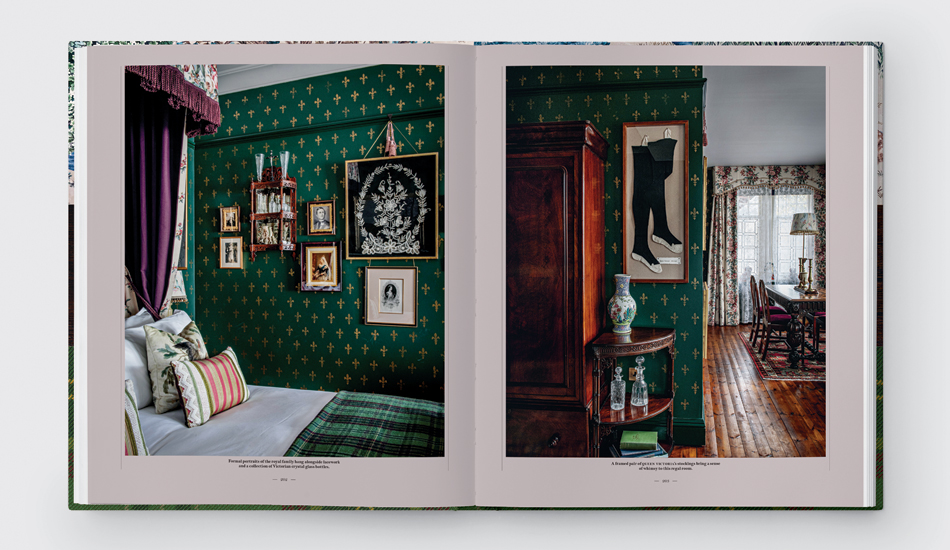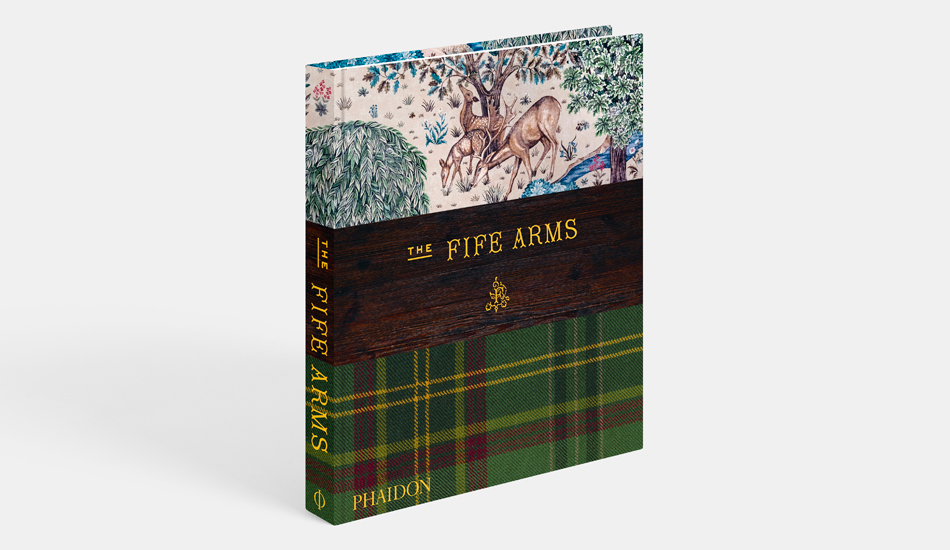
All you need to know about The Fife Arms
Pique your love of travel, art and design with this book about the remarkable interiors of one of the world’s most exquisite hotels
Manuela and Iwan Wirth experienced something of a revelation when they visited Braemar for the first time back in 2010. This beautiful settlement in the Scottish Highlands has attracted visitors for centuries, and Manuela and Iwan, founders of one of the world’s leading contemporary art galleries, Hauser & Wirth, were far from immune to its charms.
“Like generations of travellers before us, we fell instantly and incurably in love with the landscape and light of the Cairngorms,” the couple write in the introduction to The Fife Arms. “We were welcomed by a community that shared important information, local lore and no small amount of wonderfully wry humour. We were hooked.”
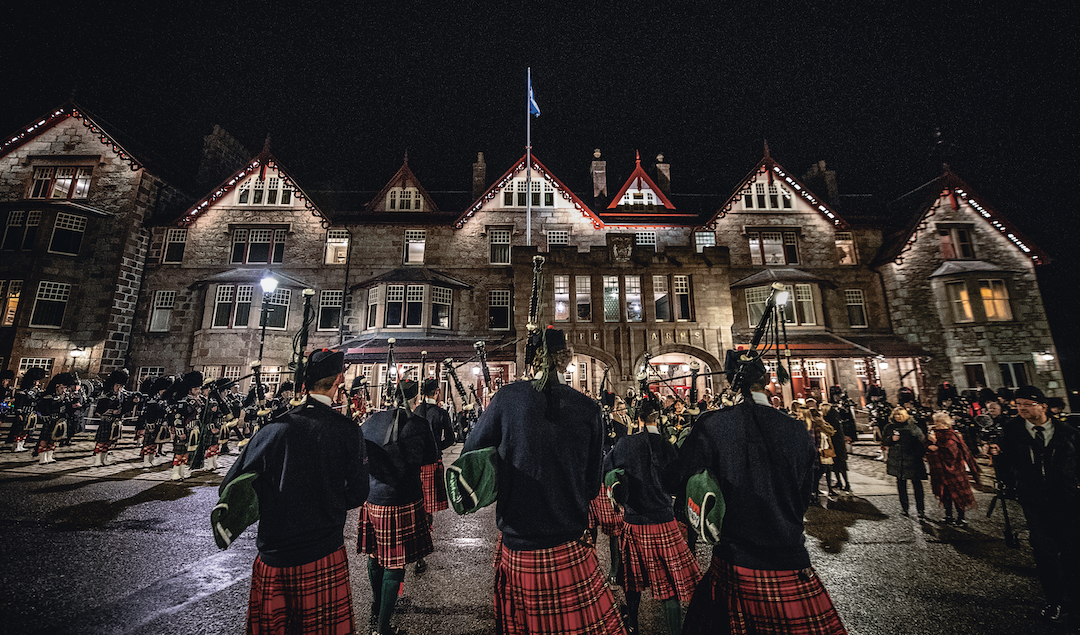
However, unlike other visitors, the Wirths left the Cairngorms with more than just memories. They heard about a venerable, local hostelry, The Fife Arms, which was in dire need of restoration. Though the gallerists tend to work with canvases and sculptures, rather than bricks and mortar, they do have history when it comes to breathing new life into older structures. Hauser & Wirth’s Los Angeles base redeveloped the city’s Globe Grain & Milling Company in downtown LA, while its outpost in Bruton, Somerset in south-west England, has breathed new life into an old farmhouse and accompanying outbuildings.
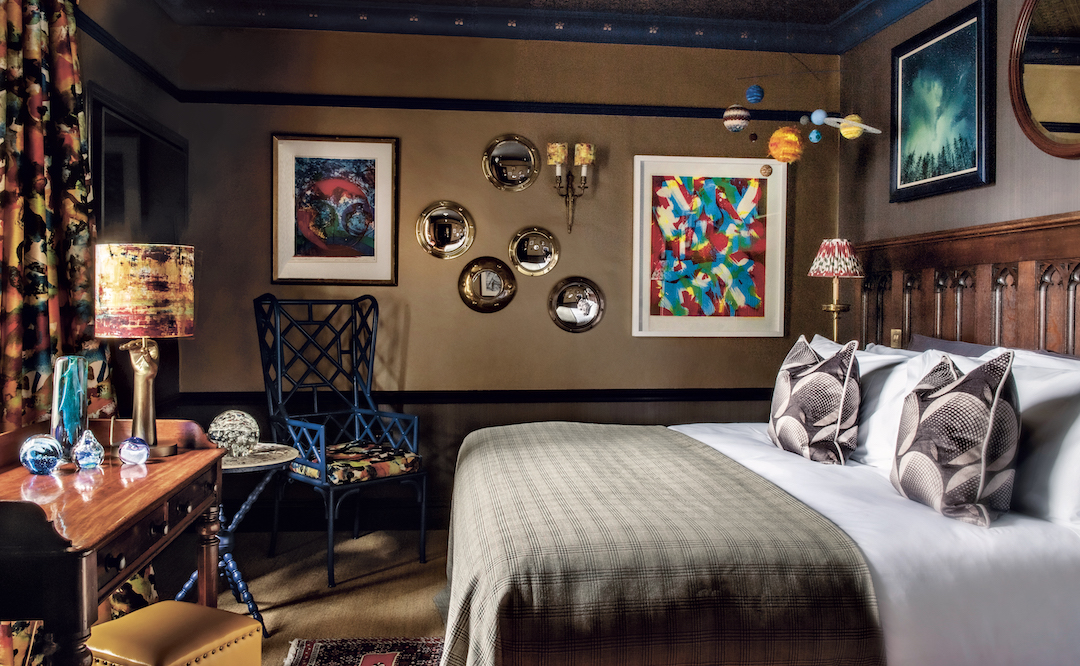
The Fife Arms presented a bit more of a leap for the couple. The grand old place once attracted European socialites and aristocrats, before being forced to cater for visitors a little further down the social orders. Could the couple renovate it to contemporary jet-set standards?
They could, and indeed have. Meticulously redeveloped in 2015 and re-opened to the public in 2018 as a high-end, highly cultured hostelry, where the bespoke wallpaper and soft furnishings are complemented by an exquisite array of artworks, The Fife Arms has become both an enchanting destination for international travellers and a new cultural and social hub for Braemar’s citizens. It is, as the couple put it, “a place shaped by our belief in the power of local communities to act as extended families, our trust in nature’s power to sustain us, our sense of responsibility to respect and preserve the landscape and our certainty in the transformative power of art.”
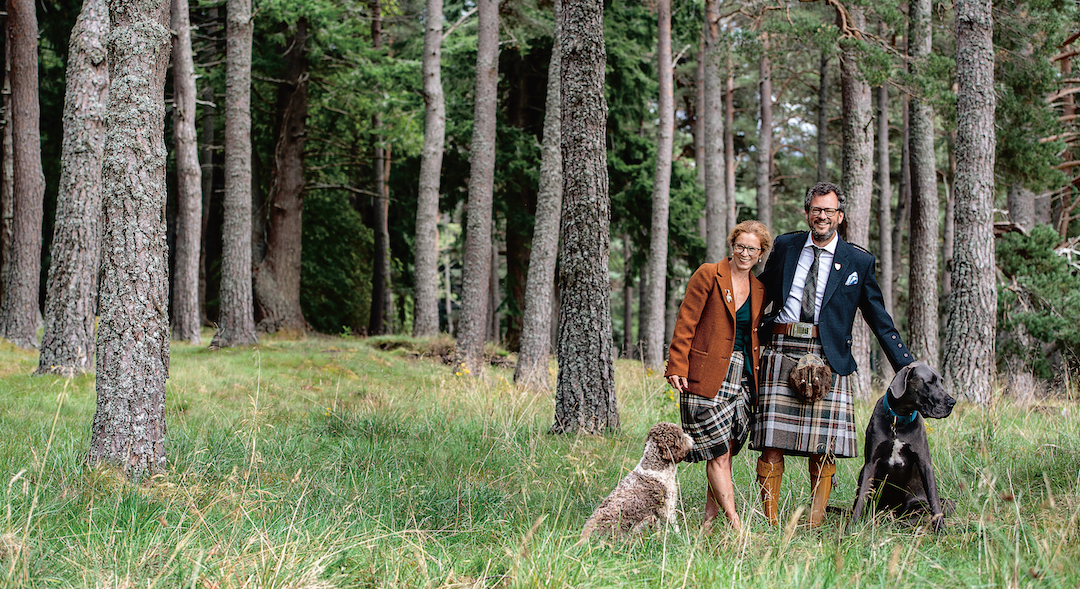
Now, readers can share in that transformative power, via The Fife Arms, our book that charts the hotel’s rebirth. Author and architectural authority Dominic Bradbury describes the history of the building and its visitors; how it went from a destination for minor royalty, to a stopover for coach parties and Highland skiers. It details how the architectural practice, Moxon, worked with local craftsmen and women as well as a broader collective of artists and artisans, to create a rural retreat with a very special sense of place. The Fife Arms features works by world-famous international artists, such as Pablo Picasso, Gerhard Richter,Mark Bradford, Lucian Freud, Louise Bourgeois and Man Ray, but also pieces by creatives closer to home, such as the community knitting group, Deeside Knitwits, who supplied the woollen planets in the hotel’s Astronomy Room.
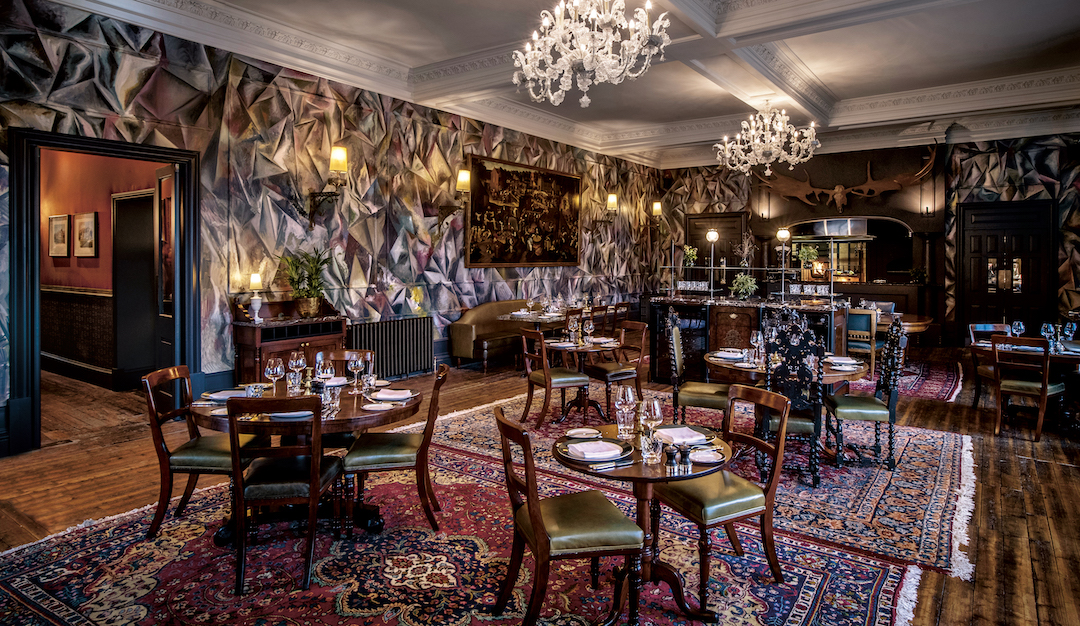
There are also a wide selection of site-specific works, which were created specifically for the hotel. Argentine artist Guillermo Kuitca, spent months at the hotel painting a dramatic, all-encompassing abstract mural in The Clunie Dining Room. “There are two views from the room, one to the Clunie river and the other to a distant mountain,” says Kuitca. “I wanted to bring both into my work. When I was painting, I could hear the sounds of the water all the time, so the mural on the walls closest to the river is much more fluid; there are echoes of the flow of water in the rhythms and patterns of the paint. The longer wall tries to echo the mountain in the distance. I like to think of this work as a landscape.”
Mark Bradford’s piece, Apollo/Still Shining – a Steinway Spirio player piano decorated with the artist’s signature singed end-papers – stands in the hotel’s reception; the hotel’s Rebel Room, inspired by the works of the Pre-Raphaelites, features a dynamic ceiling mural of swirling clouds by scenic artist Grant Watt; Zhang Enli’s ceiling mural in the hotel’s drawing room was inspired by Highland agates and crystals, which the artist turned into a swirling, site-specific flourish of dynamic, abstract colour.
Armchair travellers will delight in the descriptions and photography of the Cairngorms, a beautiful, stark part of the British Isles. Interior design enthusiasts will love how Manuela and Ivan have dug deep into the region's history and cultural heritage to assemble a gesamtkunstwerk of a hotel, that pays tribute to its Victorian roots, its unique location and its owners’ current position at the pinnacle of the international contemporary art world.
Keen gallery goers and collectors will find much to love in The Fife Arms, as they identify pieces by world-famous painters and sculptors, placed crisply among the ornate wood paneling, bespoke wallpaper and antique furnishings.
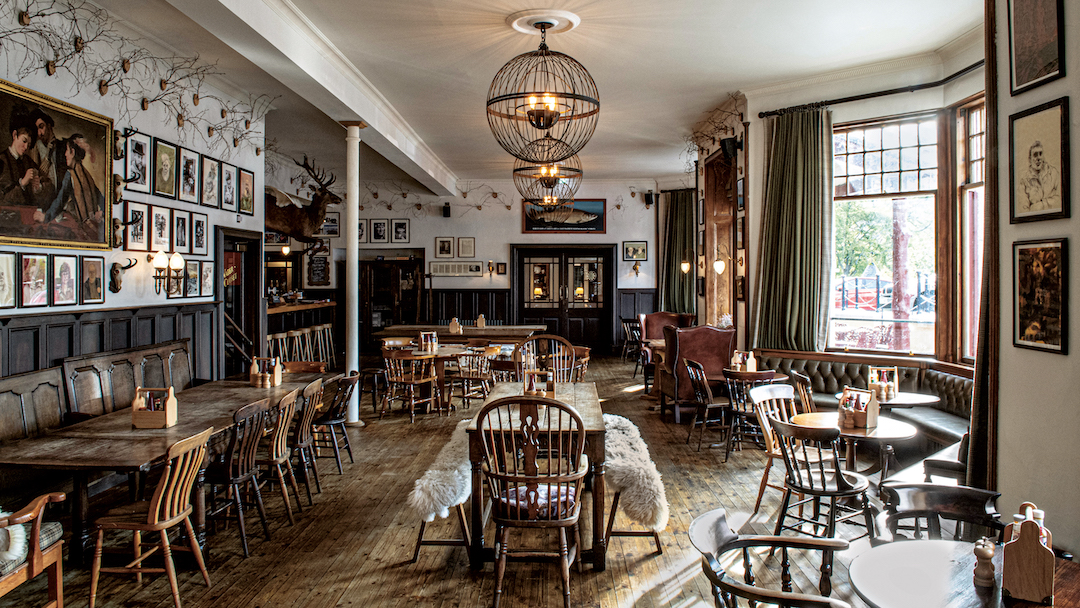
The Fife Arms is, of course, a wonderful book for anyone visiting this hotel, or indeed this part of Scotland. However, it is also an object lesson in the ways two consummate creative professionals have sensitively redeveloped a once grand building into a living, breathing institution, for the benefit of locals and far-off visitors alike. Anyone with an eye on an old *finca* or *gite*, with half an idle ambition to start a guesthouse, or a gimlet eye on a dilapidated place in an intriguing location, will draw great comfort from The Fife Arms. To find out more and order a copy go here.
